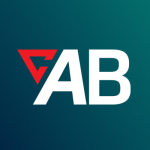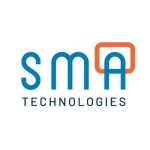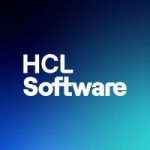How has it helped my organization?
We have all of our payroll being done in the platform. There are a lot of different processes that need to be taken care of, and they all need to be linked together. When you put them into a workflow, and you know that you've built logic into that workflow, and you have alerting, it's something you can step back from. You don't have to be worried about every single piece of that puzzle. If something goes wrong, you have confidence that some alerting will let you know. It streamlines, it makes things go faster, less eyes on glass.
What is most valuable?
This product has really helped Comcast and the organization streamline a lot of independent jobs that we might have had. We can take something from crontab, something that's very nitty-gritty and low-level, and be able to put it into a nice interface, and be able to track it at every junction along the way, add alerting, all kinds of stuff, interdependencies. The list goes on and on.
What needs improvement?
I'll start by saying, one of the big features that they did implement, that a lot of people, us included, were asking for for a long time, is the ability to do zero downtime upgrades. They have introduced that. We haven't gotten to that version yet. That's the dream.
Honestly, this is a hard question for me to to answer because we're so far back. I just want to get to the point where we can see and use the features that they have added, that we just haven't even been able to touch yet.
What do I think about the stability of the solution?
All products have downtime. In our specific example, the product has become so critical for our organization that taking the necessary plan-maintenance, to do patching and upgrading, that has become a challenge for us. We're several versions behind now.
Outages that we incur are at least partially our fault at this point, because our reliance on the platform has become so much that it's a struggle to even upgrade. That aside, we see some downtime from time to time. But I think some of it is self-incurred. We would do ourselves a favor in working on this, to get the platform upgraded to get to the more stable, bugs-are-fixed, and things of that nature.
Buyer's Guide
Automic Automation
May 2025
Learn what your peers think about Automic Automation. Get advice and tips from experienced pros sharing their opinions. Updated: May 2025.
852,649 professionals have used our research since 2012.
What do I think about the scalability of the solution?
I just saw a session here (at the CA World conference). We're nowhere near this, but the vendor - CA, Automic - they just increased scalability way more. Like I said, we'll probably never get to this, the point that they've increased it to.
It's very scalable. We have two nodes that are highly available. You can add new nodes if you need that. You can take a node, a total node, down and still be operating fine. It has a lot of scaling to it.
How was the initial setup?
Initially, is it hard to set up? I don't really think so. I've been working with it for a while now. Once you understand how something works, it becomes pretty easy.
I'll say this, support team there have been really great, very enthusiastic. Will answer your questions, and that helps a lot. A lot of it is, you don't know what you don't know. Once you do, you've got it figured out.
In terms of upgrading, it's very database-driven. You have to upgrade the database, and then just replace binaries, new software.
What other advice do I have?
When selecting a vendor, support is really important, cost is always a factor. The licensing model can play into it. My team works with several tools, other CA tools and some other company tools. The licensing model can really be a burden, and just takes a lot of time and cycles away from other work that you want to be doing. Things like that. But yes, I think support's a big one. Definitely being able to work with them, knowing that they're there, knowing that they have the aptitude.
I'd rate it an eight out of 10 probably, being honest. I don't have a lot of experience with other tools.
I think it's great. I think it does what we need it to do. Again, reliability. I think we hurt ourselves a little bit. But they take the product very seriously. They're improving it all the time. I get a lot of excitement. It's hard not to be excited being in this environment (at the CA World conference) and seeing the people that work on it, and seeing the TED Talks, etc. I'm excited to get to the next level. I'm tired of not being able to get there.
Disclosure: I am a real user, and this review is based on my own experience and opinions.















